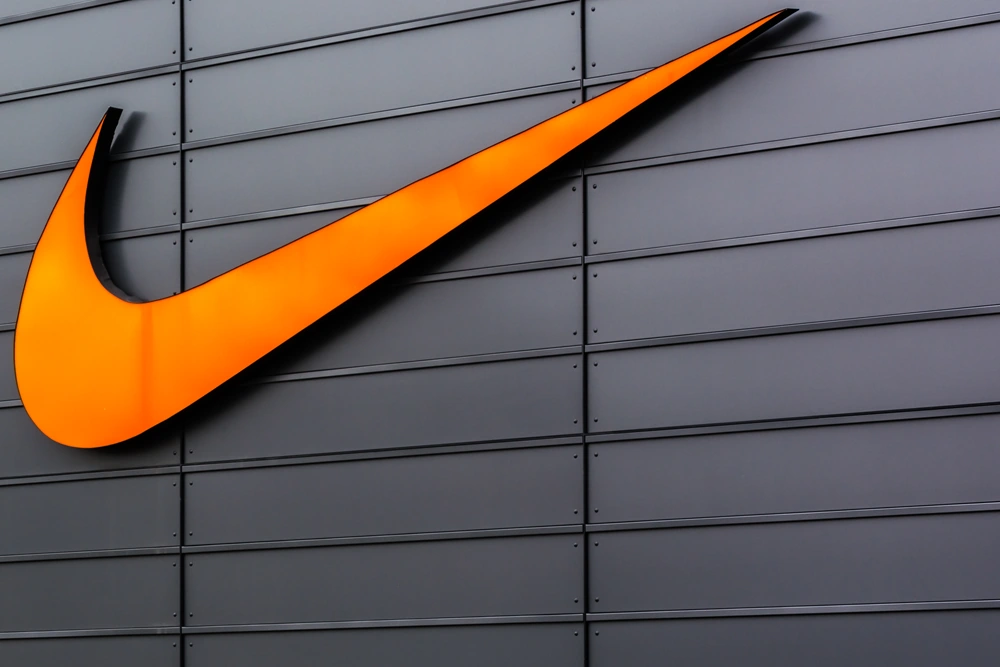The season of the Liga de las Estrellas
Just as the English Premier League is considered, almost unanimously, as the best football league in the world these days, in the mid-90s, the Spanish La Liga had the same consideration. The combination of great players and managers distributed among the majority of the clubs that was more than attractive for the majority of the fans, had its key moment in the 1996-97 season, when the conditions arose for certain elements to come together and give as a result the so-called Liga de las Estrellas.Television rights
In 1996, football was gaining more and more audiences and it was an attractive product, something that made it possible to renegotiate and sell the television rights of the Spanish First and Second Division for a high amount of money to date (not comparable to the current ones, obviously) that exceeded that received by Serie A or the Premier League. As at present, the distribution of profits was not equitable among all the teamsbut it was high enough for all the clubs to make significant investments.
Nike was the main sponsor
The Bosman ruling
Spain was an attractive destination for most footballers and the doors to it were opened in 1996 after Jean-Marc Bosman, a Belgian footballer, won a lawsuit in which he asked to be free to choose his destination once his contract expired with his previous club and ended with an judgment in which footballers with European nationality, like any other worker, could practice their profession in any country of the European Community without being considered a foreigner. Logically, that judgment caused a revolution that in the world of football ended up changing this sport.This change in the scenario for Spanish clubs, coupled with the increase in income from television rights, allowed the teams to go to the market and find the best possible players. A stat that indicates how Spanish clubs moved in that summer of 1996 was that the number of non-Spanish players increased from 92 in the 1995-96 season to 199 in 1996-97. This also led to the fact that the maximum number of players to be registered by each club to participate in the competition increased from 22 to 25, as a measure of the league so that the teams could make this type of signing and thus improve the tournament competitiveness.

Davor Suker - one of the big stars in Real Madrid back then
The signings
The champion of the previous season, Atlético de Madrid, in the same maelstrom of signings of foreign players as the rest of the clubs, had an unsuccessful market with names like Daniel Prodan or Dorde Tomic that did not have a major impact on the club, although the Argentine Juan Esnaider did perform well despite only staying one year at the Madrid club.Atlético's neighbors Real Madrid were the opposite side of the coin as most of the signings were the basis for the team that would win the famed seventh UEFA Champions League in 1998. Bodo Illgner, Roberto Carlos, Christian Panucci, Clarence Seedorf, Davor Suker and Predrag Mijatović were some of the names that came to the club in 1996. For their part, FC Barcelona bet on some players who would later have very important careers such as Laurent Blanc, Fernando Couto or Ronaldo and some already established stars like Hristo Stoichkov, who was returning from Parma.
Deportivo La Coruña, which at that time was experiencing the heyday of Super Depor, brought some foreigners who had a great impact on the club such as Jacques Songo'o, Noureddine Naybet, Flavio Conceiçao and a name that would stand out in the following years: Rivaldo. Valencia opted for the South American market with the signings of Claudio López, Ariel Ortega and the return to Spain of Romario.
Outside of the most important clubs, La Liga saw how other teams also brought great foreign players, such as Finidi George at Betis, Bixente Lizarazu at Athletic Club Bilbao, Darko Kovacevic at Real Sociedad, Gabriel Schurrer at Racing de Santander, Cristian "Kily" González to Real Zaragoza, Alexander Mostovoi to Celta de Vigo and Matias Almeyda and Bebeto to Sevilla, this to mention a few prominent names and who helped support the advertising of the Liga de las Estrellas. Even the managers market saw a little additional boost where, for example, Luis Fernandez joined Athletic Club Bilbao from Paris Saint Germain or Bobby Robson joined FC Barcelona from FC Porto.
The league of 22 teams
Both the previous season and the 1996-97 season, the Spanish First Division had 22 teams instead of the usual 20 and this was because in the summer of 1995, the league asked each club to make a payment of 5% of their budget as a kind of guarantee of financial health something that all the clubs did except for Sevilla and Celta. The sanction for not complying with this condition was automatic relegation to Second Division B (third tier of Spanish football).This started protests from the fans, as well as the possibility that the two teams that were relegated to the Second Division (Albacete and Valladolid) in the 1994-95 season, would remain in the First Division. After a couple of turbulent weeks where none of these 4 clubs involved in the problem really knew where they would play next season, the resolution of La Liga was not to harm any of those involved and therefore, the 4 clubs would play in the First Division, adding 22 teams in total. At the end of the 1996-97 season, the situation was resolved, this being the last to have 22 clubs in the first division of Spain.
That first season of the Liga de las Estrellas ended with Real Madrid as champion with 92 points and FC Barcelona second with 90 points and having won the Copa del Rey. Ronaldo was the top scorer in the league with 34 goals, 9 more than his closest competitor (Alfonso). Regarding relegation, 5 teams dropped in category to solve the situation of the 22 clubs; Rayo Vallecano, Extremadura, Hércules, Logroñés and Sevilla, who finally ended up playing in the second division.
